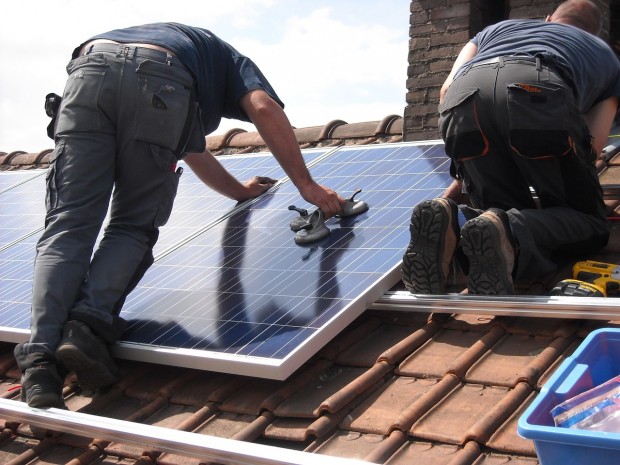On Thursday, Dec. 28, Solarpack, a company based in Spain, announced that it has begun building its San Martin solar farm in Peru, which will install approximately 30 Megawatts (MW) of energy.
The initiative is expected to establish the largest solar farm in South America. Over 830 gigawatt hours (GWh) will be generated annually by San Martín, which is equivalent to the annual power consumption of more than 440,000 houses. Additionally, this installation will prevent the emission of greater than 564,000 tons of carbon dioxide (CO2) annually.
Peru's Largest Solar Power

They will use 'cutting-edge' technologies to achieve the highest possible efficiency. According to Solarpack, it is estimated that the project will commence operations within the second quarter of the year 2025, resulting in the employment of 450 workers during the building period.
By a power purchase agreement (PPA), the San Martin project has already been purchased by Kallpa Generación, a private electricity provider in Peru. Kallpa Generación is one of the most significant players in the country's electricity market. The firms said that the PPA was signed on a 'long-term basis' for the entirety of the plant's capacity, although they did not disclose the agreement's time frame.
On the other hand, Leo Moreno, the Chief Executive Officer of Solarpack, believes that the San Martín project reaffirms Solarpack's capability to create, contract, and construct major worldwide projects, which is accomplished by providing customers with projects that can be built efficiently and within the allotted budget. Meanwhile, with the implementation of this project, Rosa María Flores-Araoz, the Chief Executive Officer of Kallpa, has made it clear that the company will be able to maintain widening the energy sources for its clients in Peru. In support of a more secure and sustainable energy matrix, she reasserts the capability of the Peruvian electrical grid to facilitate the growth of experimental renewable initiatives.
Read Also: Lightning Strikes Near BTO Construction Site in Bartley, Singapore, 3 Workers Hospitalized
How does Solar Power work?
Energy harvested from the sun can be either thermal or electrical. Solar panels are equipped with photovoltaic (PV) cells composed of semiconductor materials like silicon, and their purpose is to absorb photons, which are elemental particles that originate from the sun. After being absorbed by the panel, the photons cause the atoms of the semiconductor material to release electrons.
The passage of these electrons within the cell generates an electric current that we can direct to our circuits. It can reportedly be installed in areas with much sunshine, such as rooftops or open fields. The ability of the panels to generate power increases in proportion to the amount of light they are exposed to.
Compared to purchasing electricity from a grid, solar energy can provide most consumers with an alternative or supplement solution for powering their houses.
At a time when the cost of electricity is on the rise, consumers who switch to solar power have the potential to save a significant amount on their monthly power bills. Therefore, many businesses and individuals have incorporated solar electricity into their homes and commercial establishments.
Related Article: Largest Clean Energy Project in US Launches Immediately After Securing $11 Billion Fund







